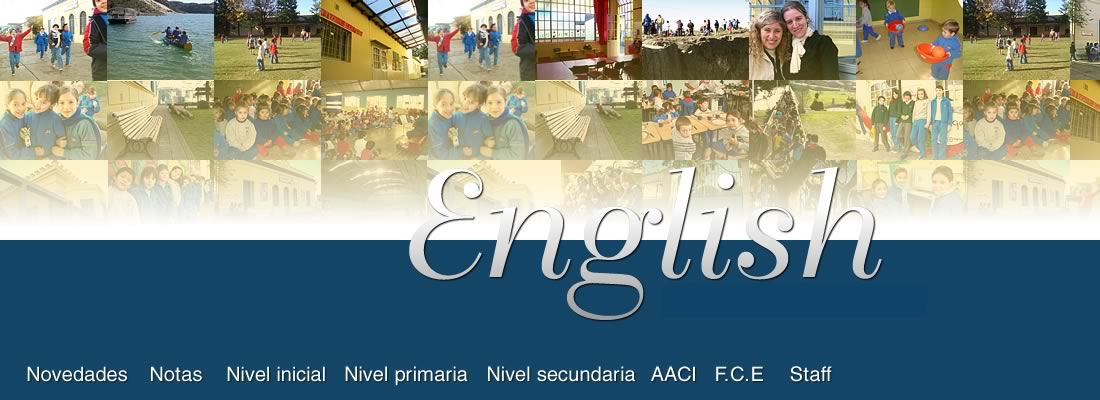IT’S ALL IN THE WAY WE LEARN...
(English Department)
"Babies don't learn by memorizing lists; why should children or adults?"
TPR (Total Physical Response) is a teaching method based on the premise that the human brain has a biological program for acquiring any natural language on earth - including the sign language of the deaf. The process is visible when we observe how infants internalize their first language.
This language learning method highlights the coordination of speech and action. It was developed by James Asher, a professor of psychology at San Jose State University, California, in the 1960’s. It is linked to the trace theory of memory, which holds that the more often or intensively a memory connection is traced, the stronger the memory will be.
There are five principles he elaborates in connection to learning a second language:
*Second language learning is parallel to first language learning and should reflect the same naturalistic processes
*Listening should develop before speaking
*Children respond physically to spoken language, and adult learners learn better if they do that too
*Once listening comprehension has been developed, speech develops naturally and effortlessly out of it.
*Delaying speech reduces stress.
A typical TPR activity might contain instructions such as "Walk to the door", "Open the door", "Sit down", “Cut”, “Fold in halves” and "Give Maria your dictionary". The students are required to carry out the instructions by physically performing the activities. Given a supportive classroom environment, there is little doubt that such activities can be both motivating and fun, and it is also likely that with even a fairly limited amount of repetition basic instructions such as these could be assimilated by the learners, even if they were unable to reproduce them accurately themselves. Many learners respond well to kinesthetic activities and they can genuinely serve as a memory aid.
Silvana Grassi
Depto. de Inglés
Ver fotos de la actividad

